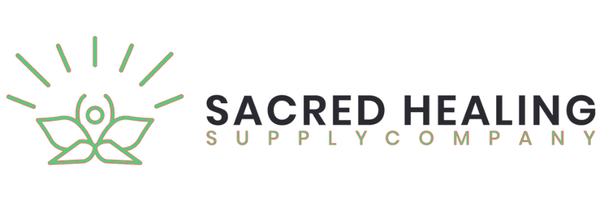What is Red Light Therapy?
Red Light Therapy, also known as photobiomodulation, employs specific red and near-infrared (NIR) wavelengths to deliver numerous health advantages. It is considered a biologically active treatment that interacts with human cells.
Applications of Red Light Therapy
People turn to this therapy to enhance skin appearance, accelerate healing of wounds, stimulate hair growth, mitigate chronic pain, and optimize recovery post-workouts. Research shows that these benefits are primarily attributed to the stimulation of mitochondria, which are the energy-generating parts of the cells, by the red and NIR light.
Understanding Red and Near-Infrared Light
Red and near-infrared light are segments of the electromagnetic spectrum that include energy emitted by the sun. They are recognized as “bioactive” in humans.
The electromagnetic spectrum encompasses a diverse range of energies. This energy’s wavelength characterizes its properties.
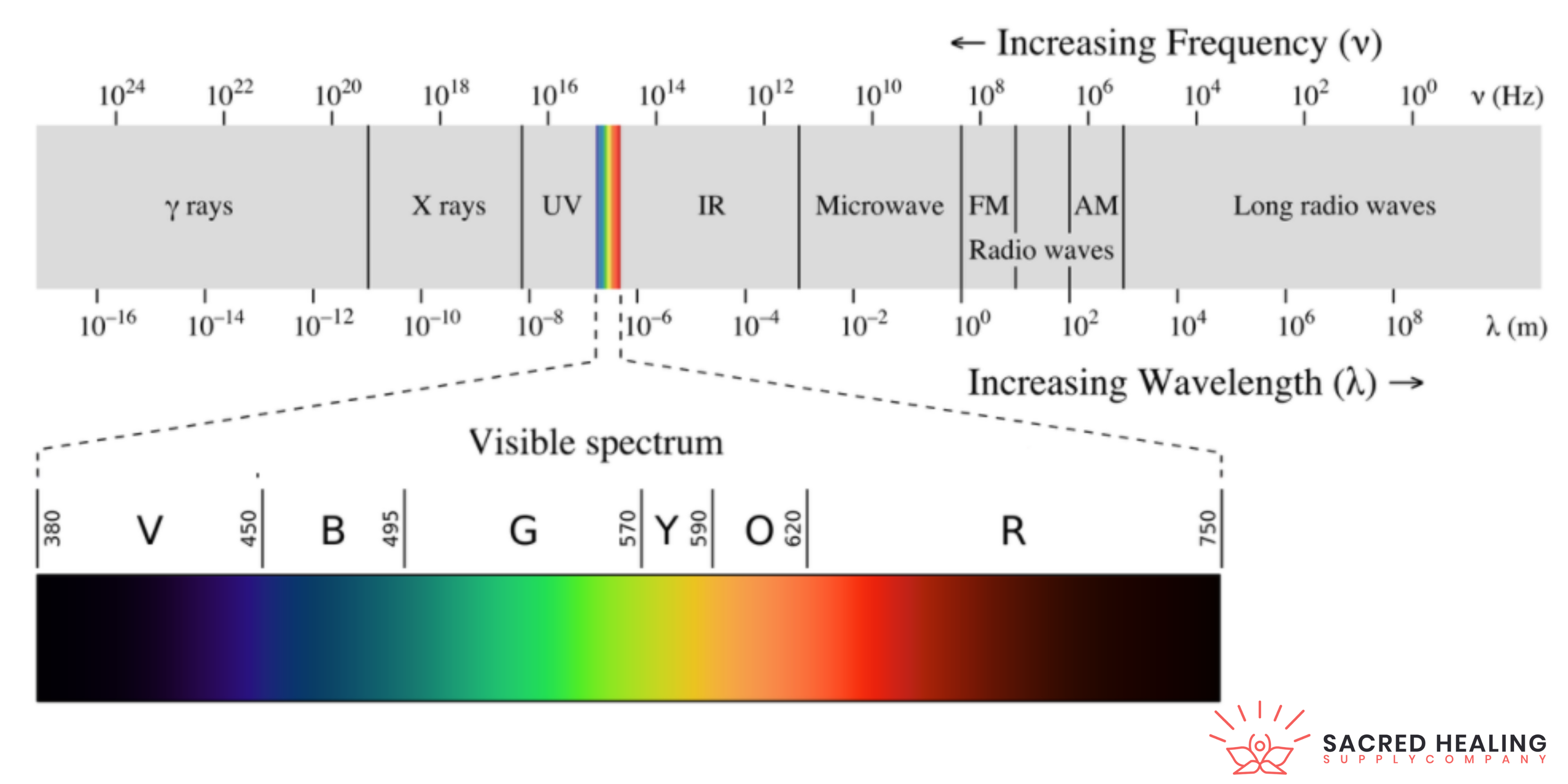
Electromagnetic waves span from 0.0001 nanometers (gamma waves) to several meters (radio waves). Energy content increases as the wavelength shortens.
When white light is dispersed through a prism, it segregates into different colors based on their wavelengths. The human eye only perceives a small portion of this spectrum, approximately 400nm to 700nm.
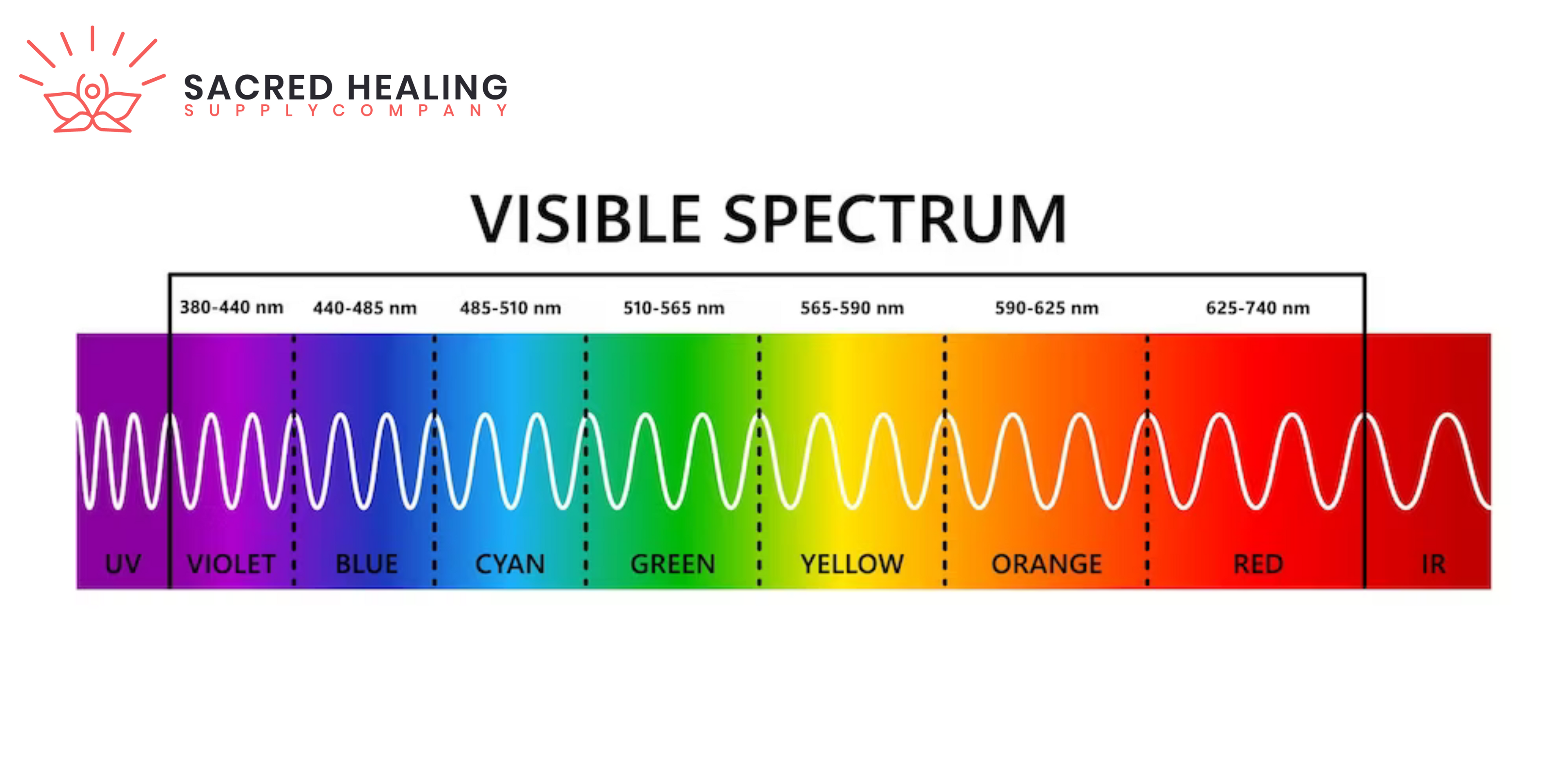
Red light falls between slightly over 600nm to around 700nm, the longest wavelength within the visible spectrum. Wavelengths beyond this range, up to a bit over 1,100nm, are termed as near-infrared (NIR) and is invisible to humans..
How Does Red Light Therapy Function?
Red Light Boosts Cellular Energy
A large body of research supports the idea that targeted light can foster health improvements. The primary mechanism explored is the augmentation of mitochondrial energy production. By assisting mitochondria in energy generation, red light therapy is believed to enact its positive outcomes.
Mitochondria’s energy production is facilitated by a chemical called cytochrome C oxidase, which absorbs red and near-infrared light. This process helps the electron transport chain synthesize ATP, which is the “currency” of energy within the body.
Red light therapy likely improves the efficiency of the electron transport chain, thereby enhancing ATP availability. This increased energy supply is theorized to underlie the myriad benefits.
Red Light Therapy Penetrates Deep Tissues

Red light therapy’s uniqueness lies in its ability to penetrate deep into the body, unlike other higher-energy, shorter wavelengths of light.
Longer wavelengths like red and near-infrared light can infiltrate multiple layers of tissues, allowing:
- Interaction with a broader tissue volume.
- Reach to deep body tissues, like muscles, joints, or even brain tissues.
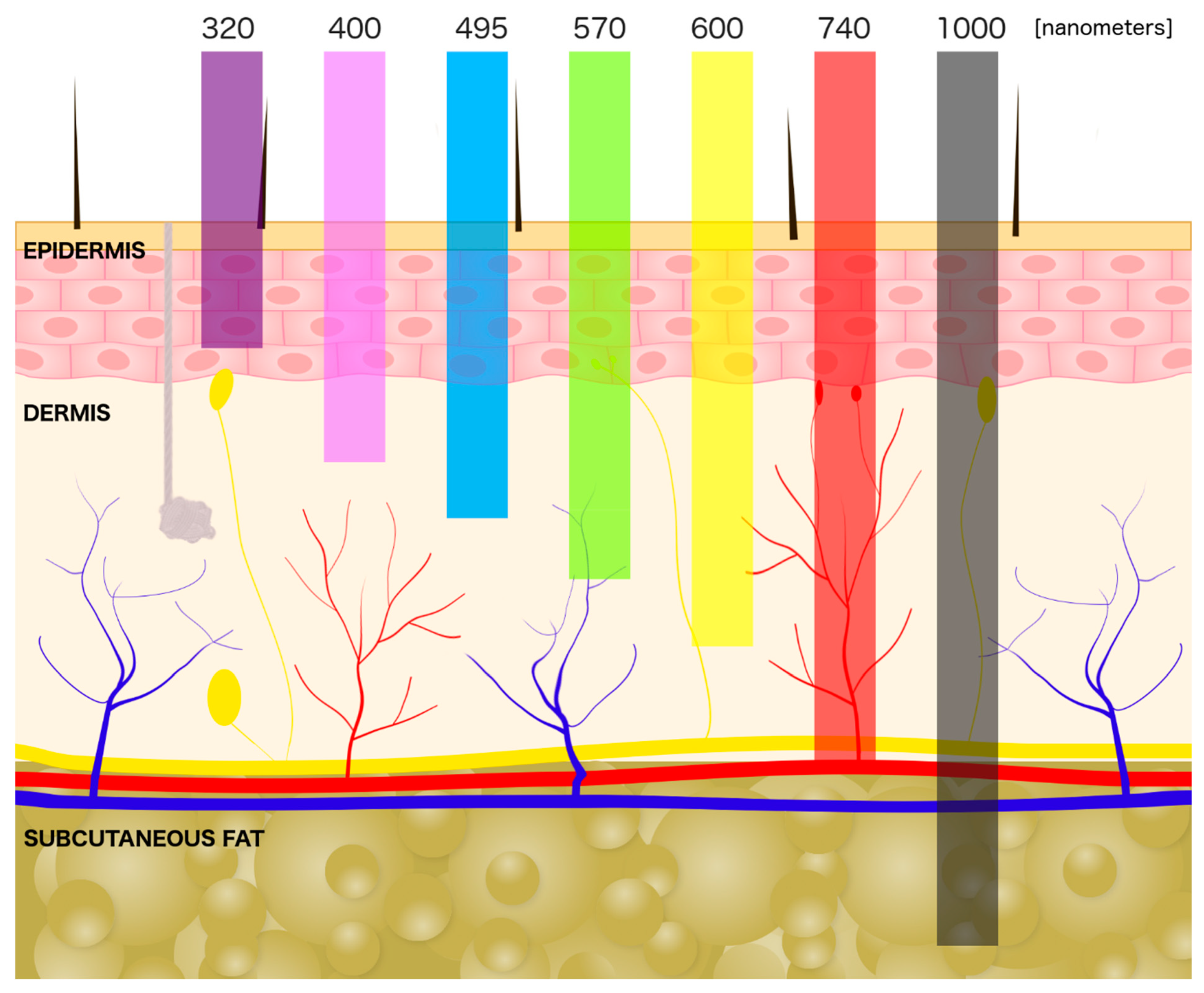
Red and near-infrared wavelengths’ combination of stimulating mitochondria and deep penetration enhances their value in phototherapy treatments.
Various studies have confirmed the positive effects of these specific wavelengths, predominantly in the ranges of 620-680nm and 800-880nm.
Safety of Red Light Therapy
Sacred Healing’s Red Light Therapy is seen as a safe form of phototherapy. It utilizes low-energy forms of electromagnetic radiation, unlike the high-energy and risk-carrying ultraviolet light.
We advise wearing protective glasses when using it on your face, but there is no substantial evidence of red light causing eye harm. Some even suggest possible eye benefits.
There are certain situations where its use is not recommended due to lack of conclusive research, like during pregnancy, although no known risks are associated with it.
Historical Background
Phototherapy originated in the late 19th century, with significant contributions from Dr. Niels Ryberg Finsen, who won a Nobel Prize in 1903. Red and NIR light’s specific benefits were accidentally discovered by NASA in the mid-1990s, sparking a new wave of human applications.
Why Opt for Red Light Therapy?
Several benefits include:
- Healing wounds and repairing tissues.
- Supporting collagen production to counter aging effects.
- Decreasing inflammation and pain.
- Enhancing joint health, muscle recovery, and energy levels.
- Improving sleep quality.
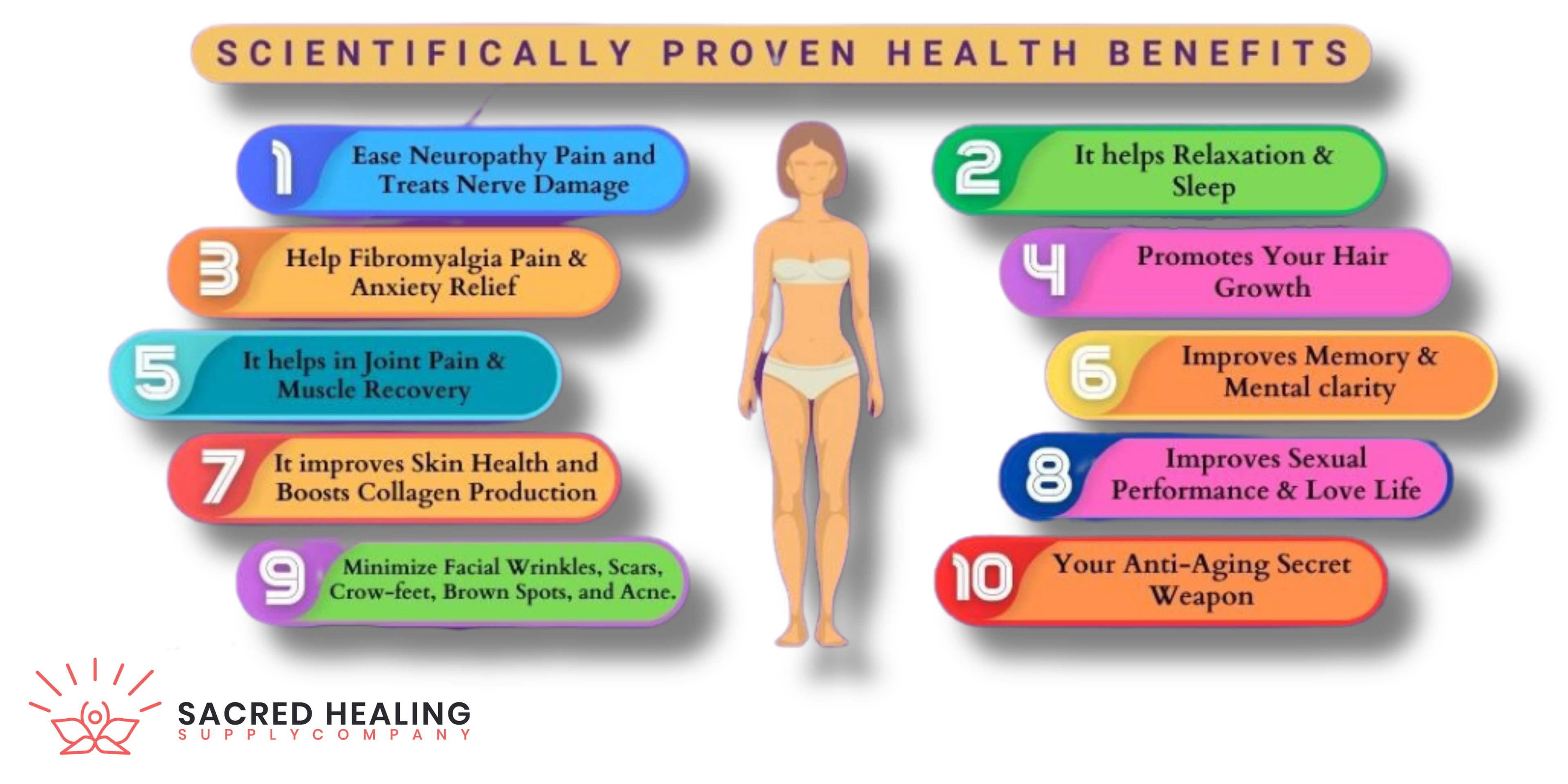
For help with Book downloads or anything else please reach out below or in Chat. We are here to assist!

